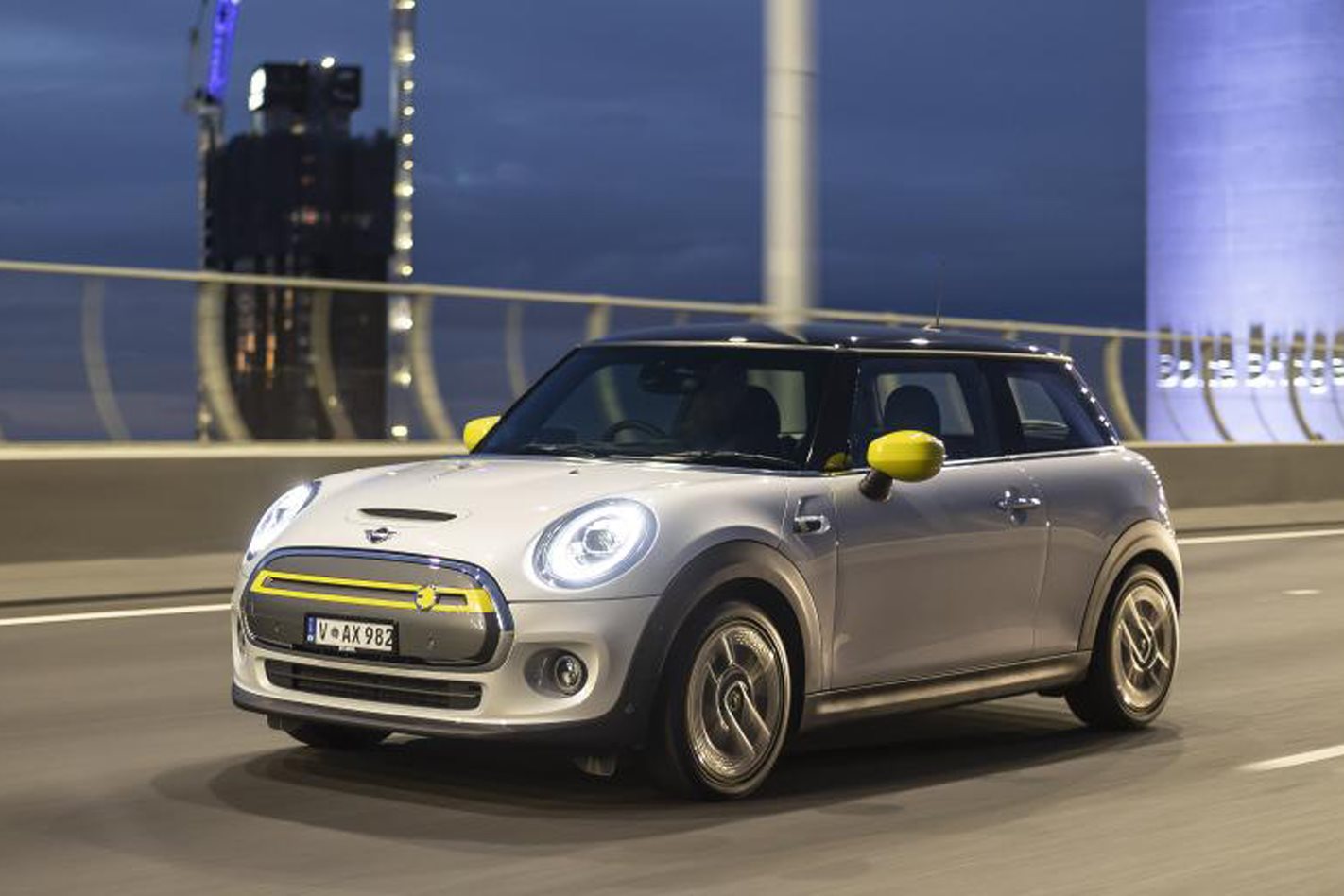
Mini has become the latest manufacturer to introduce a pure electric vehicle into Australia’s swelling emissions-free car market but, while it slots into a growing segment, the Mini Cooper SE brings some fresh new features to the arena – and a lot to be liked.Here are six facets to Mini’s battery-powered hatchback that might steer you away from the combustion cul-de-sac and into Electric Avenue.
Grip not slip
Unlike many EVs, particularly at the smaller and more affordable end of the spectrum, the Mini Cooper SE does not blindly pursue outright efficiency at the cost of all driving enjoyment.
One place you’ll find evidence of this intention is in its tyres. Instead of super-low rolling-resistance rubber, the Cooper SE has high-performance Goodyear Eagle F1 tyres.
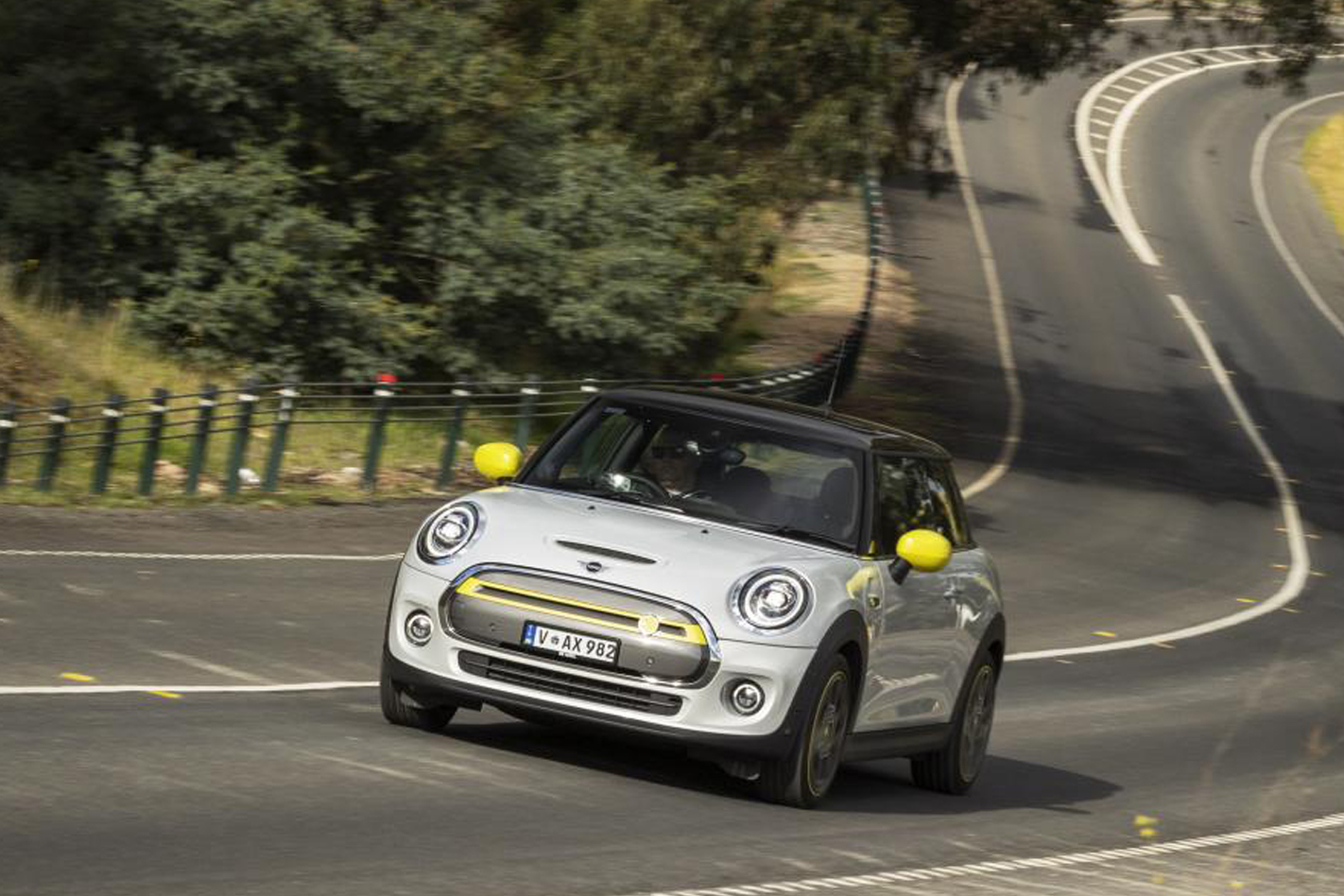
Highs and the lows
A 33kWh lithium-ion battery has been specially T-shaped to slot in under the Mini’s floor with minimal passenger and luggage space intrusion, resulting in cabin dimensions almost identical the standard Mini Cooper Hatch.
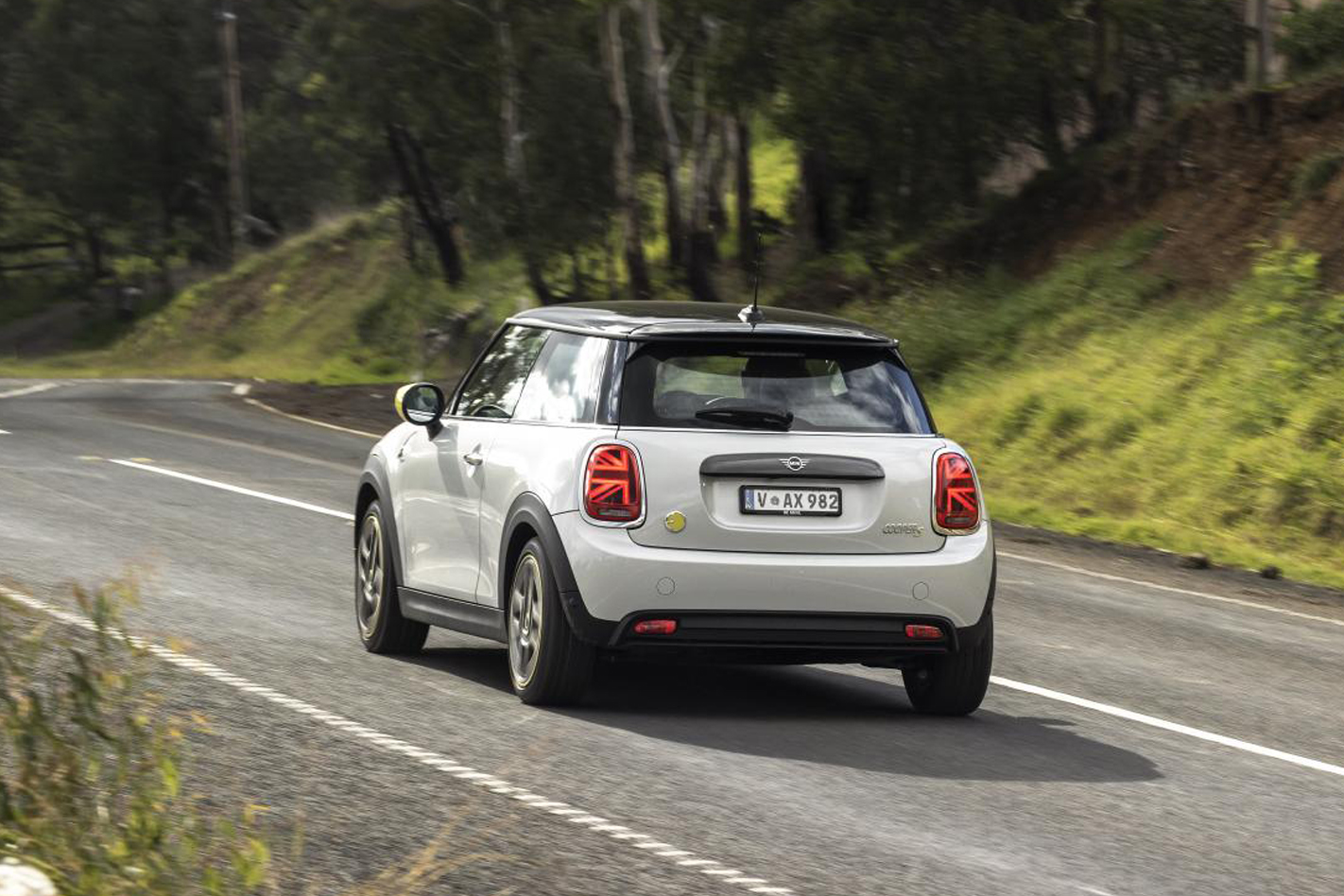
That’s more good news for road-holding and handling.
Silence is not golden
Without the familiar sound of combustion to warn other road users of the Mini’s presence, the Cooper SE creates its own sound electronically at low speeds.
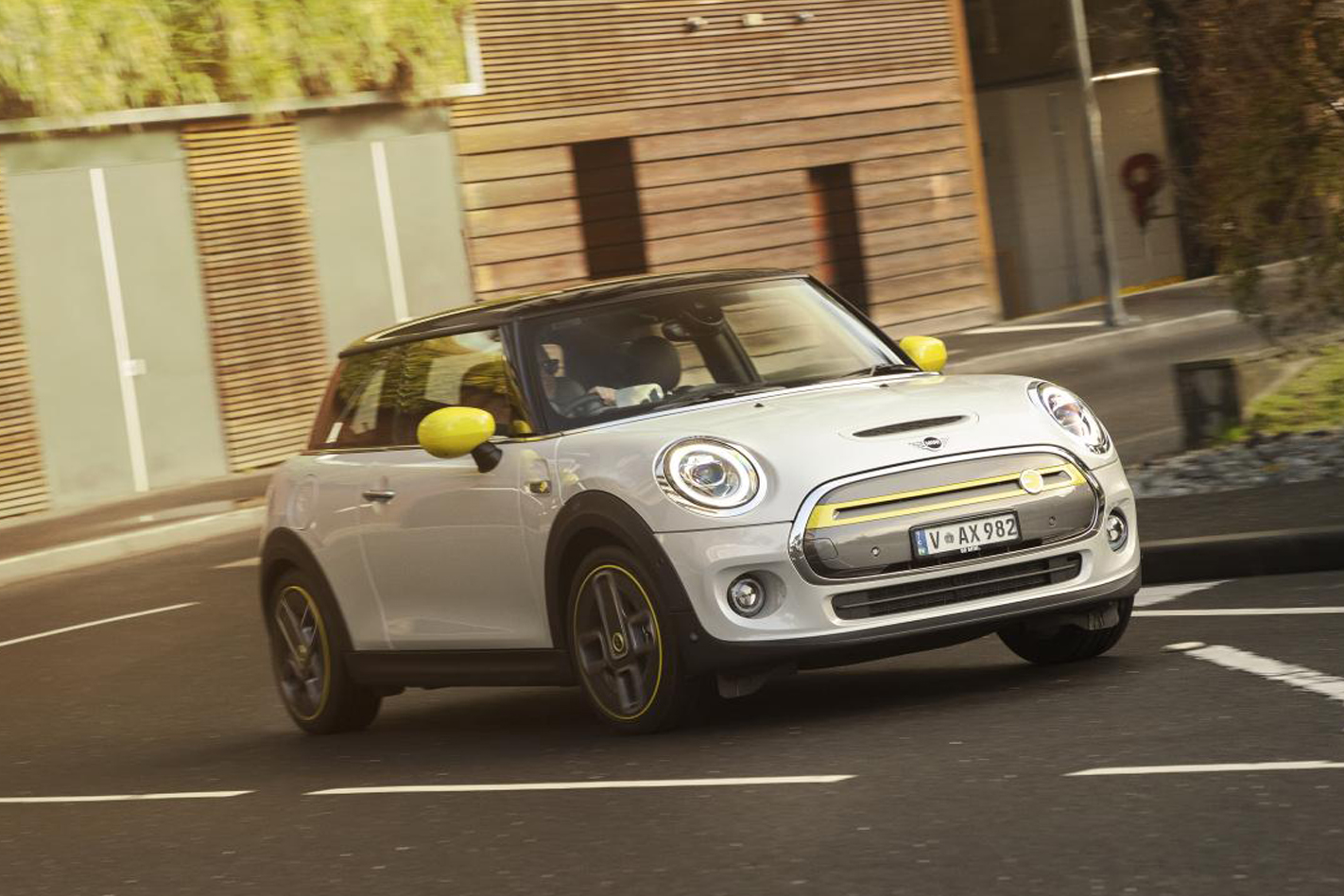
Electricity bill
Mini has introduced the Mini Cooper SE for the driveaway price of $59,900 (or $54,800 before on-road costs), which might sound like a hefty sum for a small hatchback.
However, there’s another way of looking at this value equation.
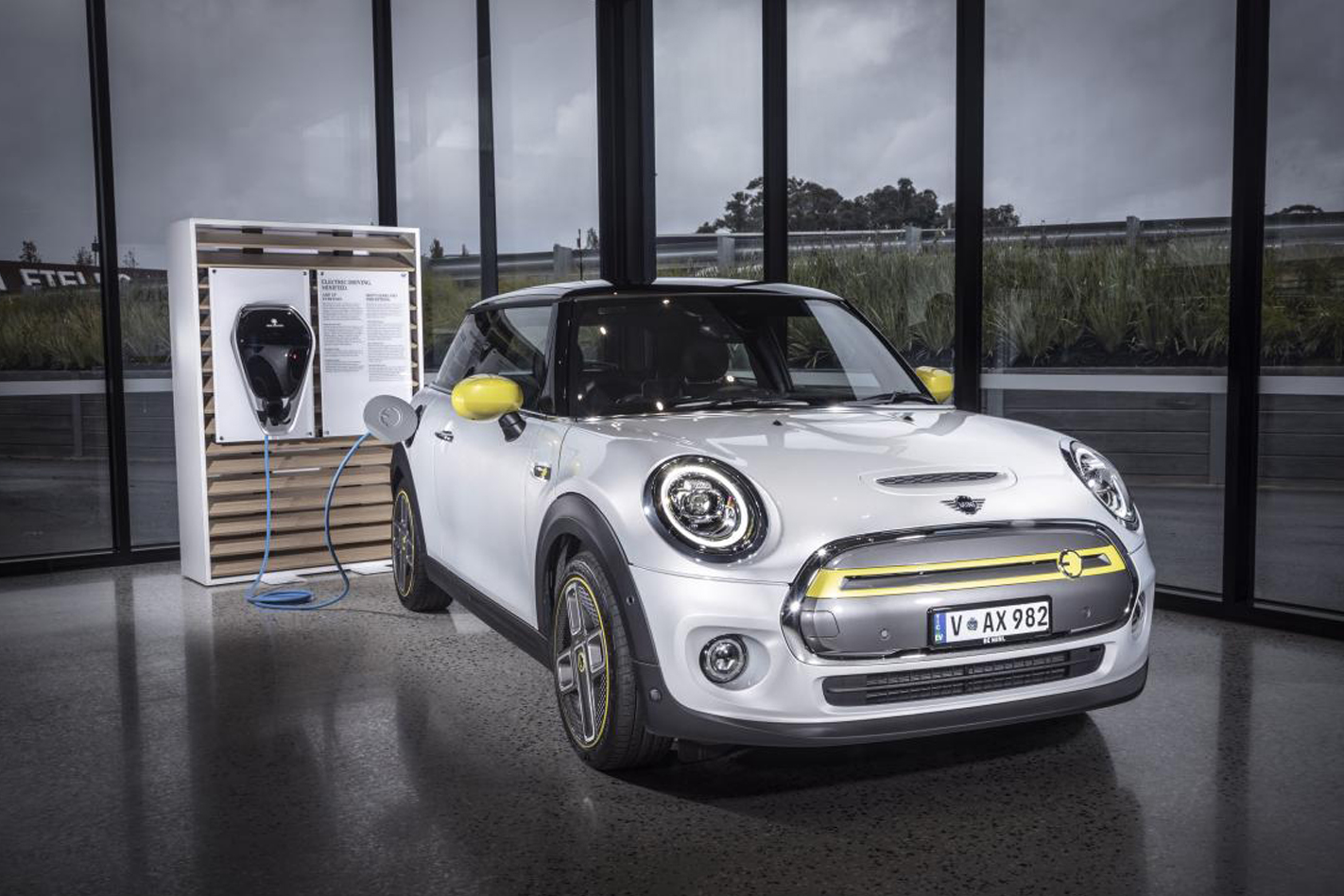
Compared with other small models in the EV segment, the Mini asks a premium, but that’s also the case for Mini’s petrol-powered models.
The sales proposition for anything with a Mini badge is a car that offers premium-end performance, German build quality and looks like no other – and the company’s first EV is similarly positioned.
Family resemblance
Where the BMW and the Mini differ significantly, is in their styling approach. While the i3 looks like no other BMW past or present (or any model for that matter), the Cooper SE is unmistakable with major body design unchanged from the rest of the three-door line-up.However, look closer and you’ll find some cheeky design cues that set the Cooper SE apart from everything else in the five-model range.
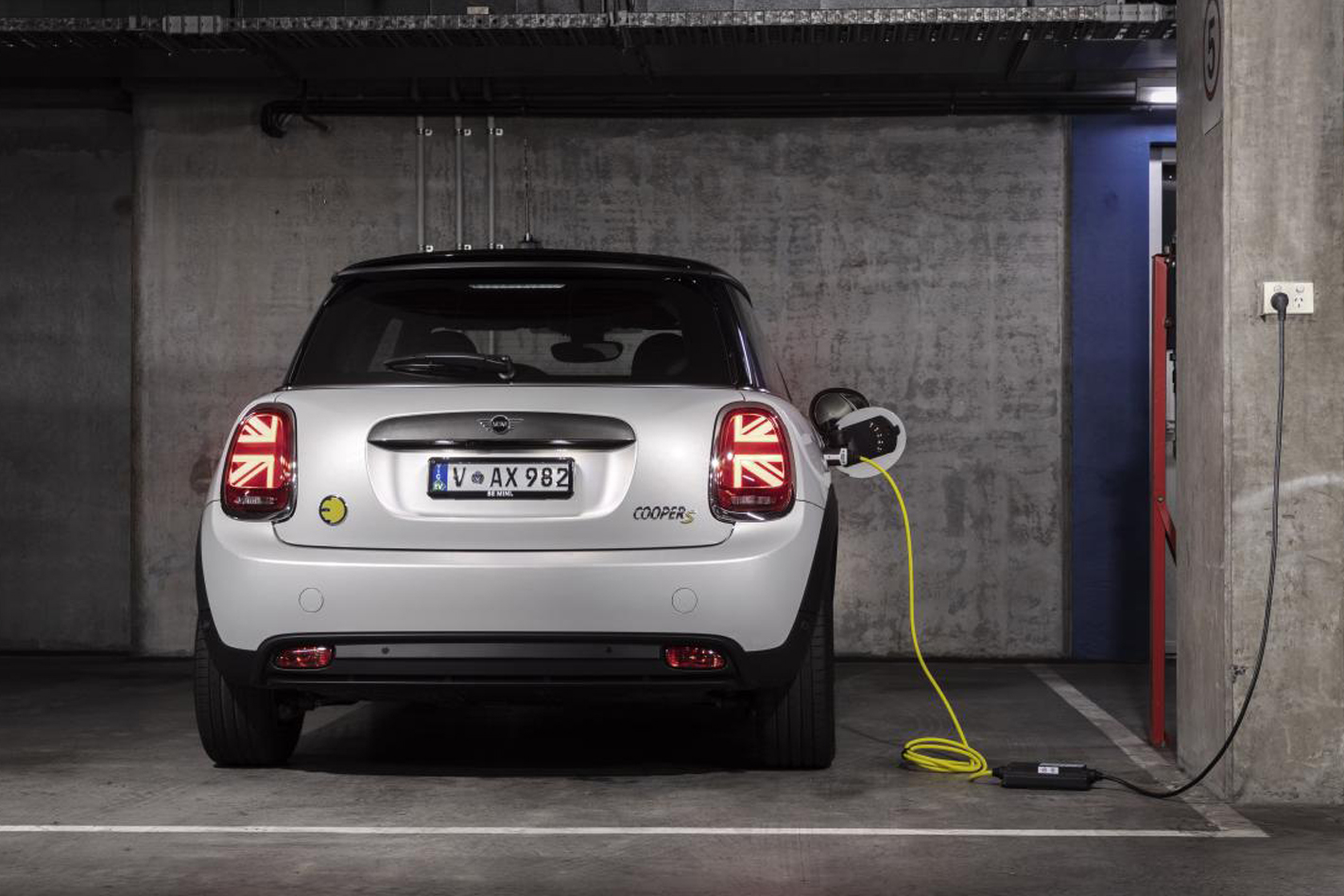
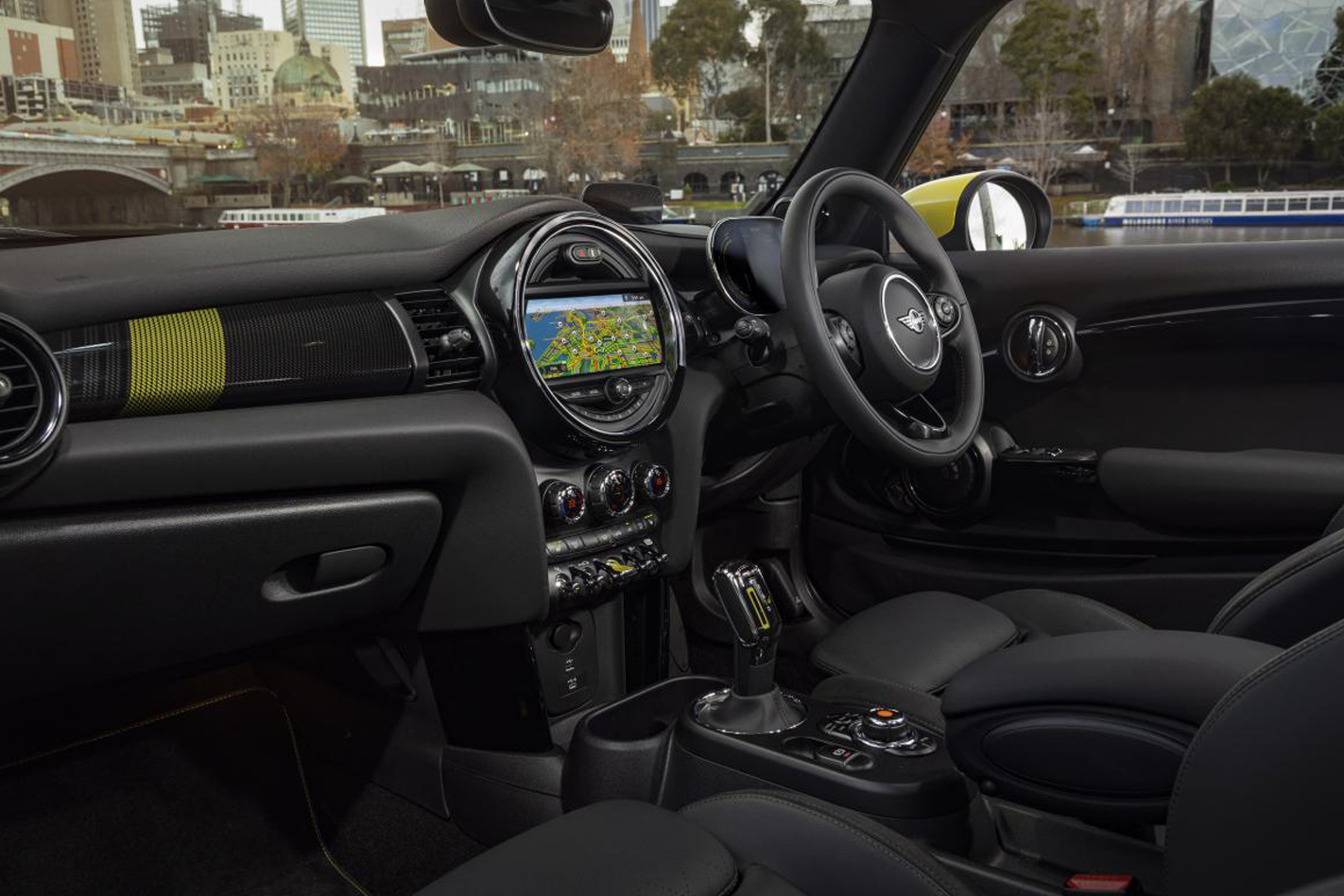
Lighten up
Despite gaining a battery and electric motor, Mini has managed to keep the Cooper SE’s overall weight low. In fact, it’s one of the lightest EVs money can buy.
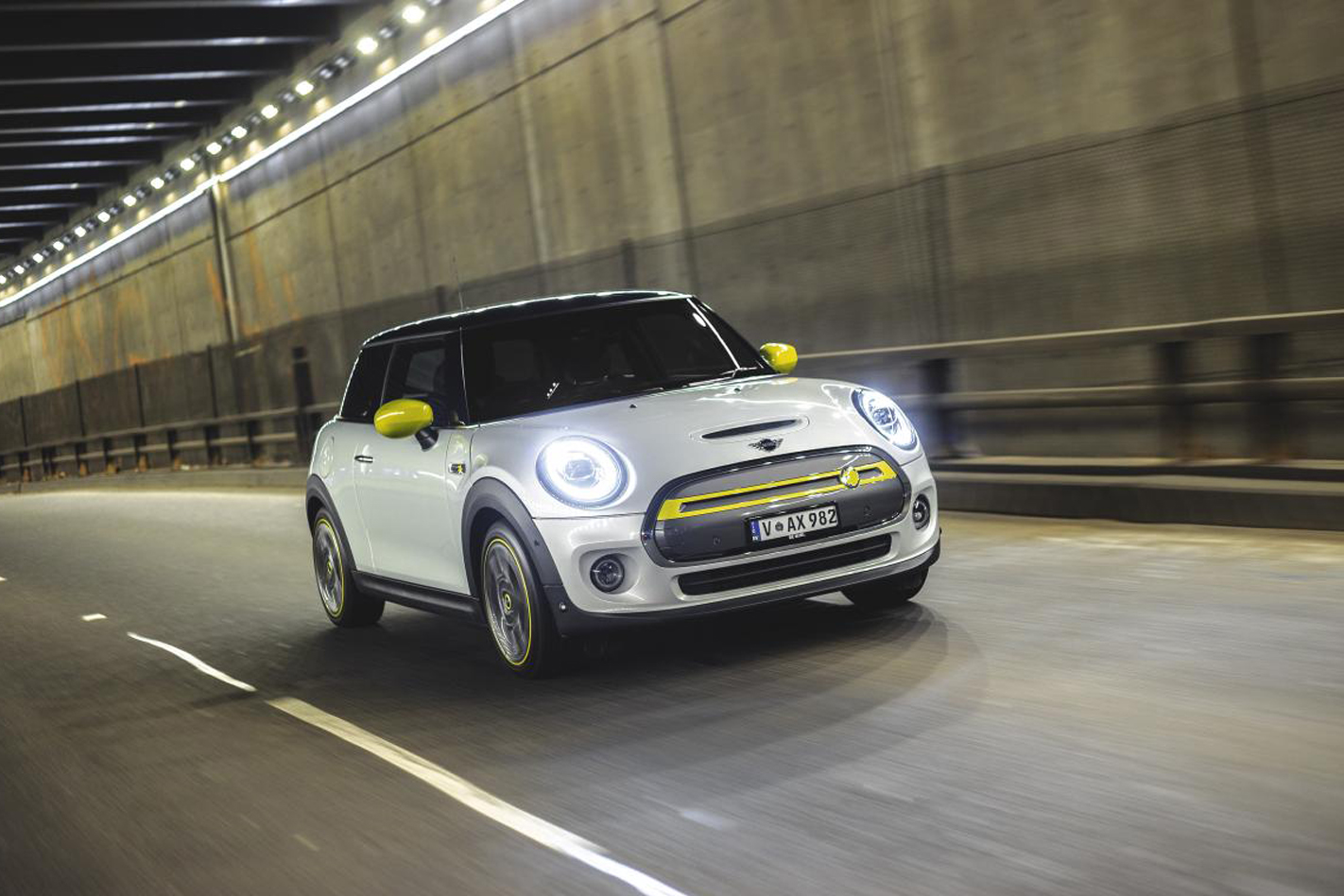
For context, the Renault Zoe is 1480kg, the Nissan Leaf weighs 1580kg, while the Hyundai Ioniq electric tips the scales at 1645kg.
Click back on July 16 when we’ll publish our first-drive review of the cool Mini Cooper SE.




